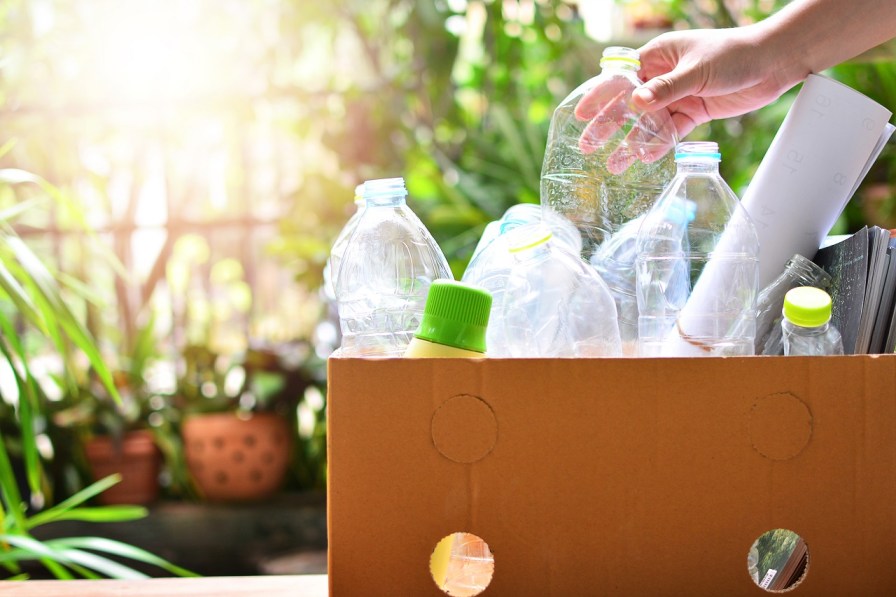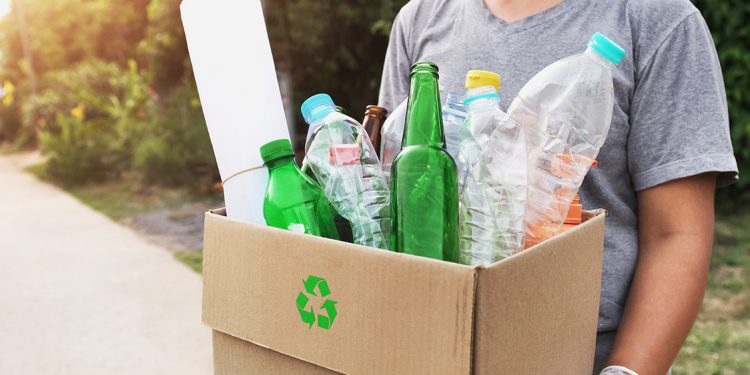Today, the EPA announced first ever public announcement of the new national recycling plan
As of 2050, half of all municipal waste in the U.S can be recycled by this process. Although recycling in the United States has steadily fallen since 2015, just 32 percent of municipal waste was recycled in 2018; this is a significant rise (the most latest year for which EPA data is available).
A “circular economy,” in which commodities are recovered & reused rather being thrown away, is one of the initial steps in this endeavour. The realisation of recycling alone isn’t enough to solve the world’s trash problem is a significant step forward.
After China refused to accept most of our supposedly reusable garbage, particularly post-consumer plastic, the year before, this country’s recycling program was exposed to be insufficient.. As a result of the termination or decrease of some municipal recycling programmes, more waste was delivered to landfills and incinerators. The surviving programmes have been unable to adapt to the new consumers ’ behaviour that have arisen as a result of global shock as well as the COVID-19 epidemic.
The problem has historically been stifled by federal recycling legislation. In order to meet its recycling goal, the EPA has put together a number of crucial projects. There is a lot of opportunity for solutions when it comes to recycling in America. Now, packing waste is ending up all over the place because of the growth of online purchases. Delivery services have led to a decrease in the amount of cardboard used at shopping centres and supermarkets. Recycling companies have had difficulty dealing with cardboard from people’s homes because it’s dirtier than retail rubbish. Contaminated cardboard or plastic is difficult to recycle. In order to encourage more people to recycle their waste, the EPA intends to expand its outreach and education efforts.

By creating fresh demand for recycled goods, the EPA hopes to incentivize businesses to recycle. Because of new policies and incentives, the market for recycled materials could grow significantly. As an example, the strategy plan included a “Demand Challenge partnership programme” that’d reward companies for incorporating recycled materials in their products.. Furthermore, the EPA has stated that it will “review” ratification of the 1989 Convention, which was adopted in an effort to prevent the flow of e-waste and other hazardous garbage from wealthy to lower-income nations.
Recycling will be linked to climate change and environmental justice, according to the Environmental Protection Agency. For decades, environmental justice advocates have been fighting to prevent pollution from unfairly harming low-income and minority areas.
Plastic pollution is increasing in the oceans, marine life, and human populations, according to research. That’s all I’ve just learned about it. Plastics have been linked to climate change, as well. Oil and gas companies are using fossil fuels as a strategy to expand their plastics sector as renewables is eating into their profits.
Recycling has been regarded as an environmentally benign method of disposing of waste since the plastics industry was born. Only 9% of the plastic garbage produced in the world has ever been recycled. Creating a market for recovered plastic may generate demand for new plastics, if that is indeed the goal. The quality of recycled plastic objects degrades with each re-hashing, thus they are frequently reinforced with new plastic.
In order to reduce the quantity of plastic and other waste that accumulates in landfills, it is not enough to simply change the way we dispose of goods at the end of their useful life. So the EPA claims to be pursuing a circular economy, which takes account the entire product life cycle, as a way to avoid waste. A circular economy relies on lowering the amount of raw materials consumed while creating goods that last longer and use fewer resources. Aside from the policies and infrastructure that make it simpler for people to collect items for reuse, it is also crucial.
The formation of waste should be minimised, if not averted, to the greatest extent practicable.
















